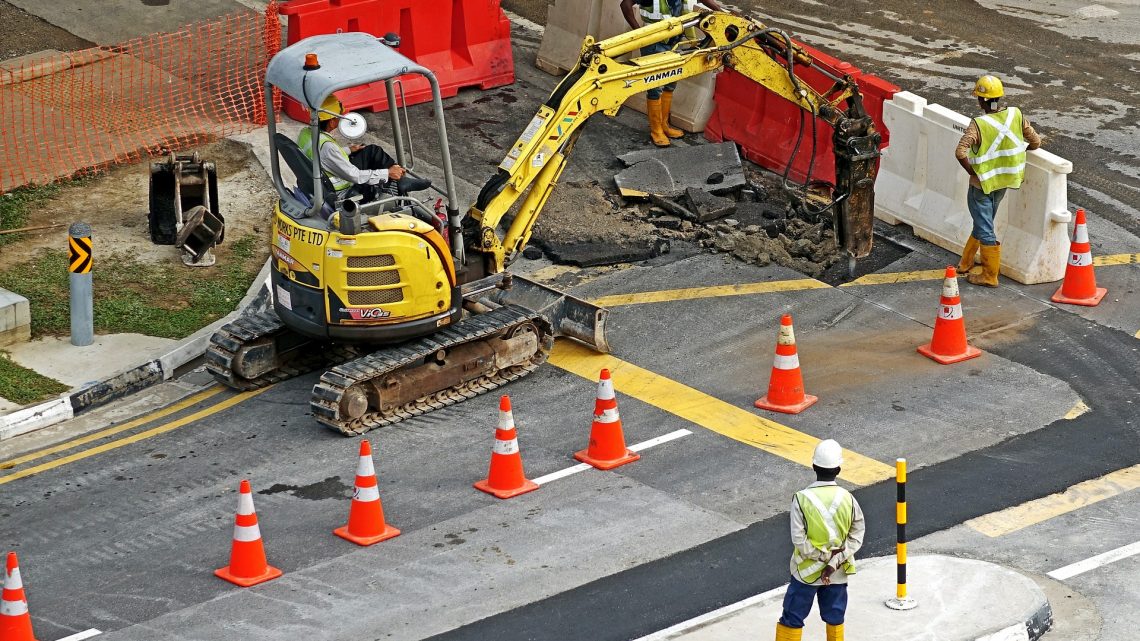Usually when you see construction on the side of your roads or freeways, you immediately wonder how much longer your commute will be and for how long.
Rarely do we think about the people on the other side of the road, working long hours to keep our roads safe and driveable. According to the Bureau of Labor Statistics, nearly 146,580 people in 2017 were estimated to have been employed as highway maintenance workers. New York, Pennsylvania, and Ohio top the list as the states with the highest employment level in the highway maintenance field.
But regardless of where you live, knowing how to properly drive through a construction work zone is a valuable and crucial driving skill. Below you’ll find tips on how to properly drive through a construction zone.
Plan
Don’t let yourself be late when you can plan ahead to leave early or take alternate routes to avoid work zones. 10% of overall traffic congestions and nearly 24% of unexpected freeway delays are a result of work zones! A little extra planning and care on your end can prevent an untimely arrival.
Avoid Distractions
The Freeman Law firm explained that distracted driving is defined as reaching for, holding, dialing, reading and texting on any device. Especially in a construction zone, these acts could lead to fatal consequences.
If you need to adjust your navigation or make a phone call, wait until you are safely out of the work zone so you can pull over.
Follow Signs and Obey Road Workers
Always consult with cones, personnel, and barrels to warn you and know where to go. Never assume! When approaching, drive slow and stay vigilant of signs and workers alike.
Slow Down
Chances are you’ve probably driven the regular speed limit in a work zone without even realizing it. Stay vigilant of construction zone signs and slow down your speed. Fines are often doubled in construction zones. Always maintain a safe amount of distance from the car in front of you, especially if you are behind a large vehicle or truck.
Watch for Sudden Stops
Due to lane closures, lane shifts, and rough surfaces, drivers can, and often will, stop suddenly. In 2017 alone, 25 percent of fatal crashes in work zones involved rear-end collisions. Stay alert of all cars on the road, avoid distractions, and slow down so you can best react to sudden stops.
Stay Alert for Large Vehicles
Fatal work zone crashes involving large trucks increased 43 percent between 2013 and 2017.
Larger vehicles are more difficult to maneuver and require more time to slow down. Large-truck drivers have a higher percentage (20.7%) of recorded collisions compared to drivers of other vehicle types, including motorcycles (20.3%), passenger cars (19.1%), and light trucks (17.0%).
When driving, respect the extra time and space trucks and large vehicles demand. Stay out of the “no-zone”, the blind spot areas around large commercial vehicles, to avoid unsafe situations.
Concluding Thoughts
Take the time to learn how you can enhance safety when driving through construction work zones as a motorist or cyclist. You can help further the goal of safer highways and freeways by educating others and setting the example of how to properly navigate through a work zone. Using these six tips, you can help prevent an unwanted car accident and protect the lives of construction workers nationwide.





No Comment